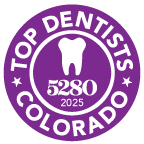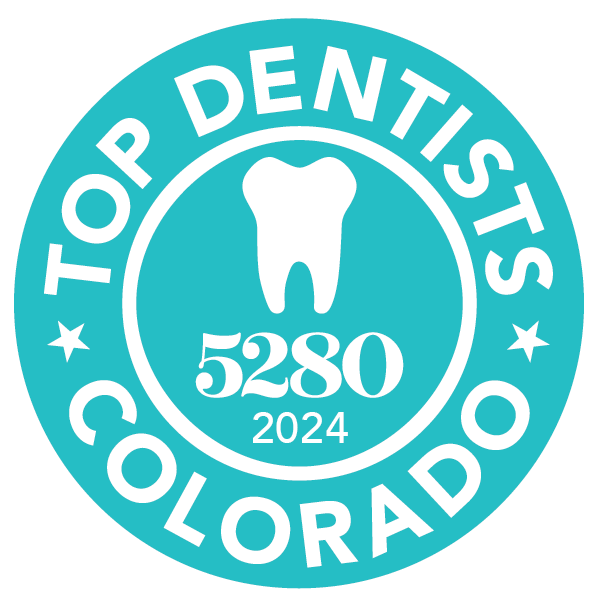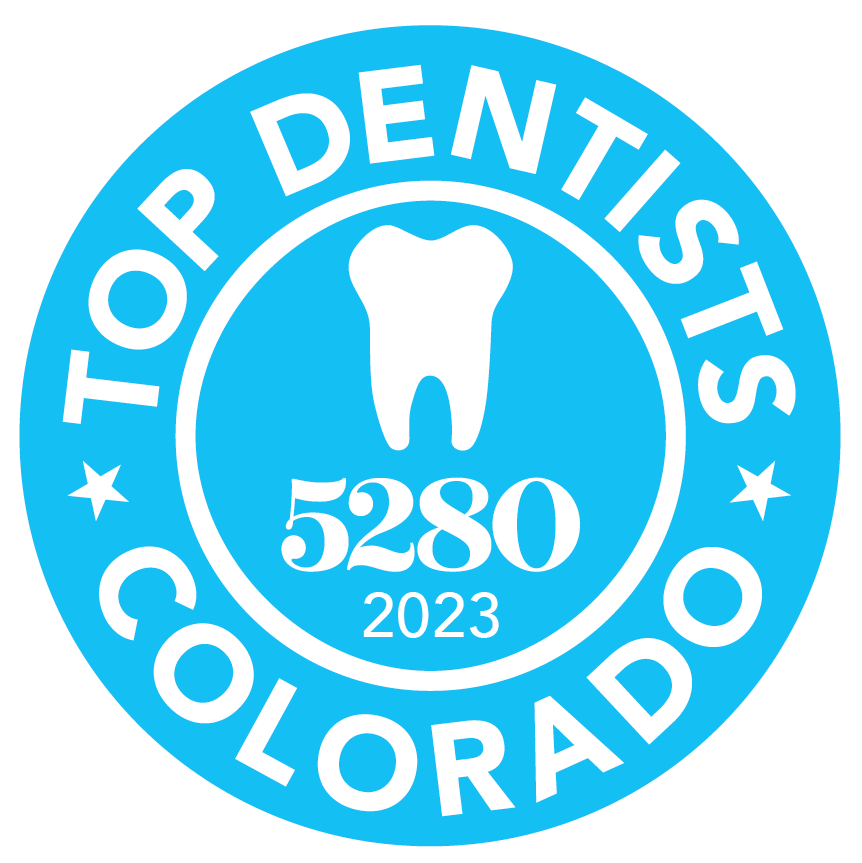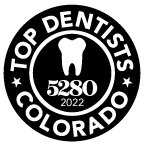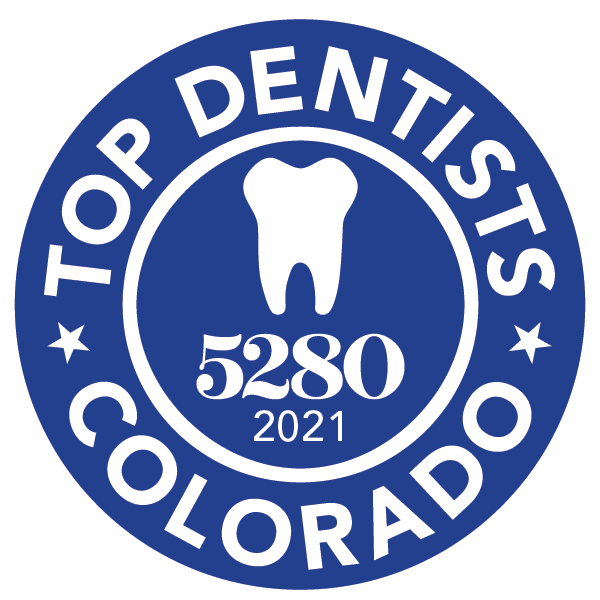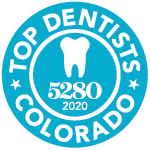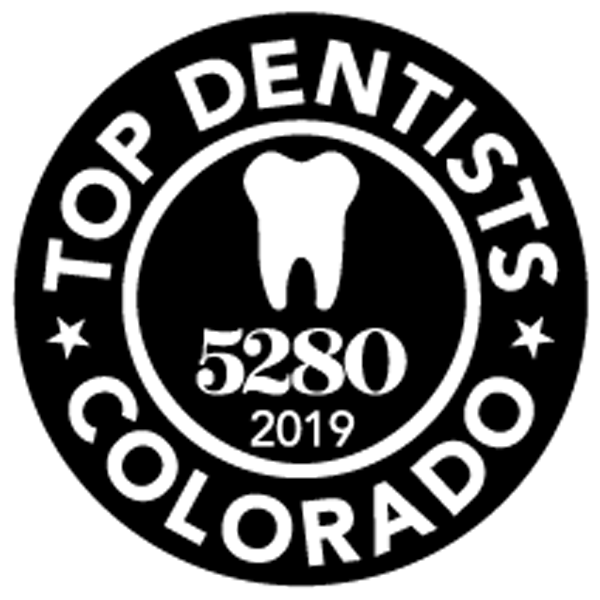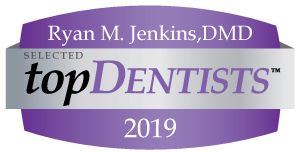A lot of adults develop anxiety about their teeth. Mostly this is due to slow deterioration brought on by diet, improper hygiene, and of course, age. Nothing lasts forever and that’s rarely so true as it is with teeth.
Growing older means losing some of your body’s natural regenerative compounds and abilities. This, in turn, leads to decay. Fortunately, for those seeking LANAP treatment in Denver, regeneration what we do best.
This alternative to invasive dental cleaning offers some serious advantages over traditional methods. The process has been in development since the 90s and is the only FDA approved protocol of its type.
Read on to learn more about LNAP and its place in the ongoing battle for oral health in America.
LANAP Treatment In Denver
Yes, laser dentistry exists near you! For those with a fear of cutting, sewing, recovery and the monumental time it takes to undergo a deep cleaning, laser dentistry is the best.
Is LANAP for you and should you choose it over more traditional methods for treatment of periodontitis and gum disease? That depends on the extent of your issues and how much you want to prolong the health of your teeth.
Understanding Periodontitis And Gum Disease
The CDC reports that over 47% of adults over 30 have at least some level of periodontitis. So, don’t feel too bad if you find yourself in this category, it happens to practically everyone and is as much a consequence of a modern lifestyle as anything else.
If you aren’t so familiar with the concepts of periodontitis or gingivitis, you aren’t alone. These are specialties of periodontics and deal less with teeth and more with the underlying structures in the mouth.
You spend a lot of time brushing, flossing, and swishing in hopes to prevent damage from burrowing deeper. Nothing is fool-proof though, and periodontists need to eventually step in and clean up the growing decay beneath the gum line.
Dedicated dentist visitors will have a leg up on the prevention of periodontitis through bi-annual cleanings.
Your general practice dentist will alert you to problems requiring specialist help. If it’s been a bit since your last visit, look out for difficulties in chewing and swallowing or bad breath, and frequent bleeding of the gums after brushing or eating.
LANAP Defined
The basic purpose of Laser-Assisted New Attachment Procedure (LANAP) is to eradicate bacteria below the gum line. This area is difficult to get to because the gum adheres to the surface of teeth.
Creating a gap large enough to get tools into is painful, and frequently requires cutting to avoid the more severe damage of tearing. Cutting into your gums is also an issue, which requires anesthetic to perform.
LANAP avoids that by being basically painless. The laser tool used is actually a combination of several lasers of different intensity. These are guided by programming that identifies healthy gum tissue from infected and tissue or bacteria.
Anaesethtetic is still used in a LANAP protocol, but it’s more akin to the local anesthetic for a filling than the deeper process used for a root canal or extraction.
The lasers in question use pulses of high-frequency light to burn away the bacteria. It’s cool to know that these are neodymium yttrium aluminum garnet lasers but LANAP is way easier to say.
LANAP In Action
The tool is placed between the gum and the tooth and moved along the gum line destroying bacteria. The lack of cutting, suturing, and less anesthetic cuts down the time of the protocol considerably.
A deep cleaning can take as much as three hours per side. LANAP can do the whole mouth in only two hours.
A traditional cleaning requires the use of a scalpel to scrape or cut away damaged areas and bacteria. From that description, it’s easy to understand why recovery times take a while and why the procedure leaves gums sore for an extended period.
Advantages
Less pain and a speedier recovery are only some of the advantages of the LANAP protocol.
The biggest advantage isn’t in faster recovery but more total recovery. LANAP is the only protocol that can be called gum surgery recovery because it’s the only one shown to regenerate gum tissue.
Within the area under your gum are a variety of structures that regulate blood flow to your gums, bones, and the pulp of the tooth. These can be damaged by periodontitis, weakening the surrounding structures. In some cases, this decay becomes large enough it basically eats away the foundation of the teeth above.
Frequent cleanings are meant to delay this process for as long as possible. With LANAP the alveolar bone and cementum mediated attachment apparatus are rejuvenated, repairing damage and reversing the effects of decay.
While LANAP is amazing in being able to produce this result, it’s not exactly a superhero healing factor. You can’t expect to get back the mouth you had in your twenties, but it does mean a lot for fighting deterioration.
Other regeneration techniques exist. If you have gone to get an implant you may have come into contact with a type of synthetic bone used to shore up loss when installing a post. LANAP works much the same for your gums but without the addition of additional materials.
INTERACTIONS
Since the procedure is minimally invasive, it doesn’t create avenues for secondary infection or bleeding problems. For those taking medications such as blood thinners, this won’t cause any conflicts with your normal meds.
Restore Your Smile
Keeping a smile healthy is a life-long labor. Every day you are either moving forward in the war or being pushed back. Now that you can seek LANAP treatment in Denver, you have the means to produces get some serious gains in that battle of attrition.
For questions about the LANAP procedure or other periodontal questions, contact us.
